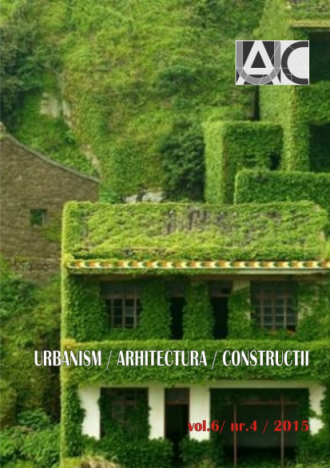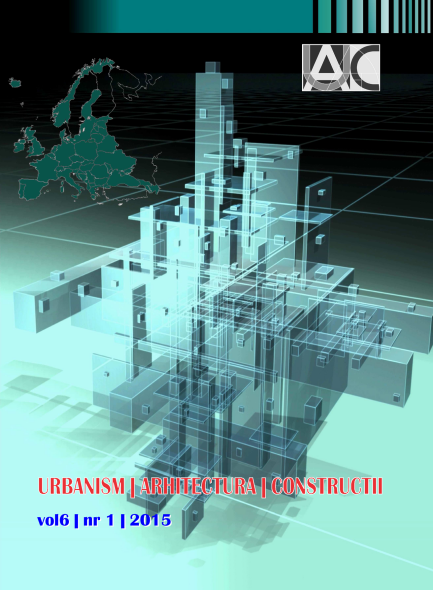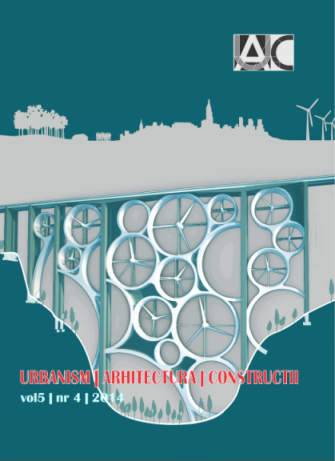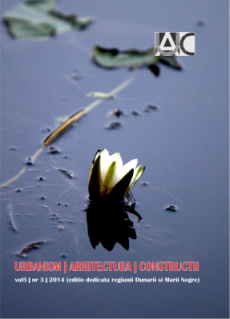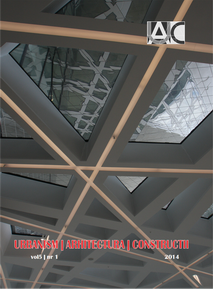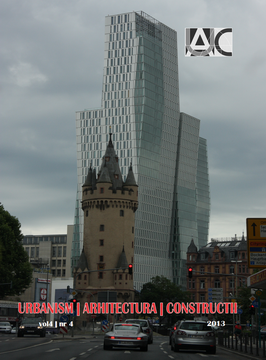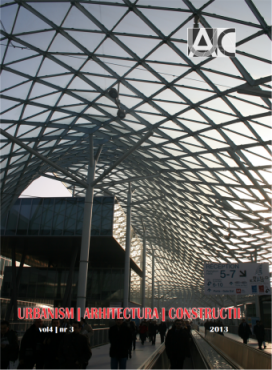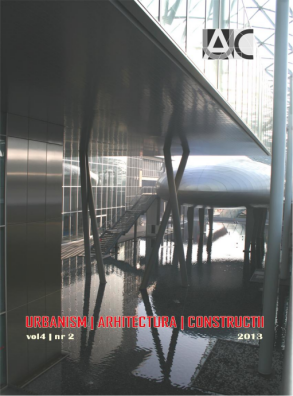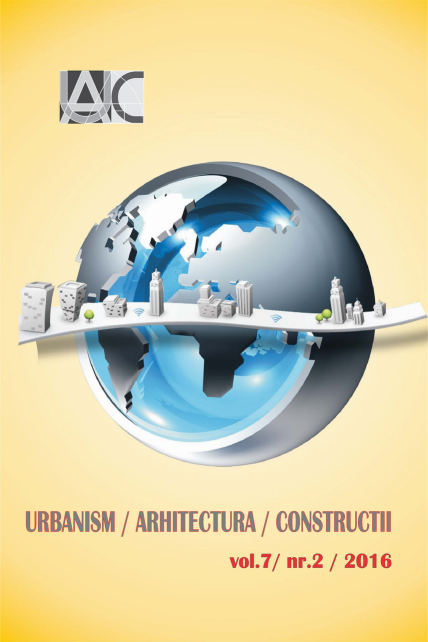
Intervention on historical city Tlemcen during 1960-2009: impacts and applicability
Tlemcen is an Algerian historic city with an urban core dates back to 201 AD. It has an exceptional heritage through the passage of several civilizations. This city has been the subject of several interventions on architectural and urban heritage supported by ten special restoration plans. These interventions have not produced the desired results, so we wondered about the reasons that led to these failures. To this end, we calculated the rate of applicability, raised their heritage impacts and verified their compliance with the legislation of each era. It turns out that the majority of these interventions have not been completed, some have a negative impact on cultural property and do not respect the legal framework in force. In conclusion, we believe that to save the urban heritage of Tlemcen, global action, coordinated by appealing to heritage experts who will ensure the application of the shares in a regulatory framework is more than necessary.
More...
